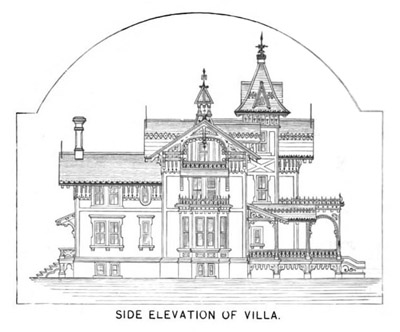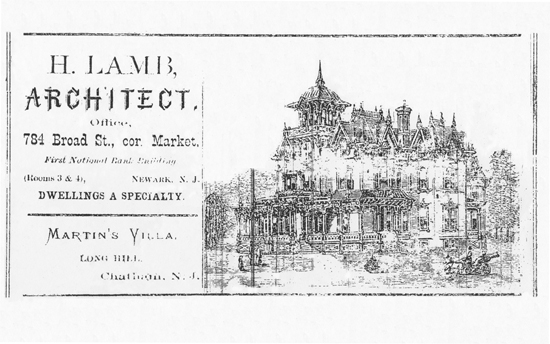It is not reflected in the short version of the building list, but the client for Wheeler’s two tenements at 159 and 161 East 90th has been identified: John F. Gleason, the well-known billiards man and keeper of one of the city’s best pool rooms, in the Bowery. The 1880 Census describes his occupation as “liquors,” but everywhere else he was a “roomkeeper.” He lived next door to his building project.
Version 7.6 of the list (pdf) also incorporates this new information:
- Wheeler’s design of a house at 35 East 68th Street (past two typos in the source and an 1899 demolition);
- a tentative attribution of Charles A. Frank’s 1904 “Charlou House” in Glen Cove; and
- a confirmation (via Howard Major’s later work) of the firm’s design of William Dick’s 1888 house in Islip, “Allen Winden” or “Allen Winden Farm.”

